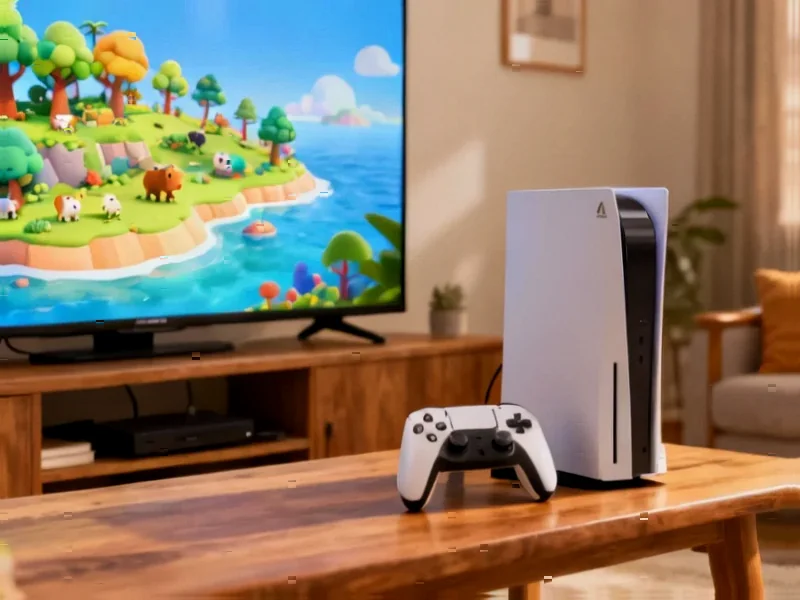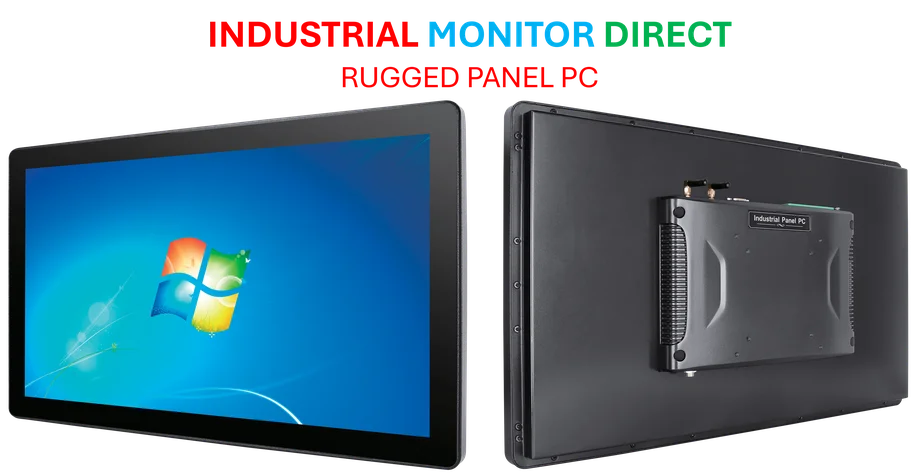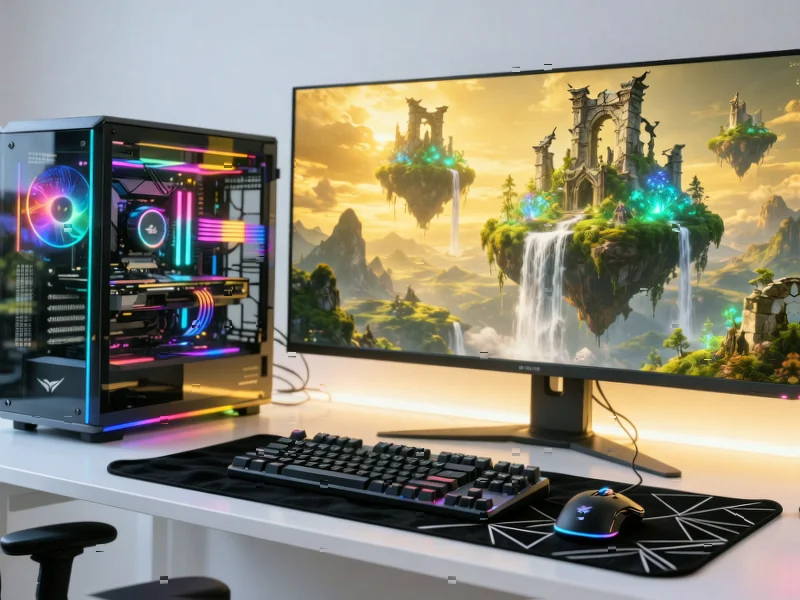According to IGN, Nintendo has confirmed it will “shift” its primary development focus to the Switch 2 platform after revealing the console sold 10.36 million units between June 5 and September 30, making it the biggest console launch ever. The company’s data shows that 84% of Switch 2 owners previously owned the original Switch, with these upgraders coming “uniformly” from across the entire Switch 1 lifecycle rather than concentrating in any specific period. Nintendo now has 128 million annual playing users and 34 million Nintendo Switch Online subscribers, with 400 million Nintendo Accounts registered overall. The transition appears remarkably smooth, with players who bought Switch 1 at launch in 2017 through to recent purchasers all upgrading to the new console at similar rates.
The suspiciously smooth transition
Here’s the thing about that 84% number – it’s both impressive and potentially concerning. Nintendo has basically pulled off the dream scenario where their existing customer base seamlessly moves to the new hardware. But I can’t help wondering if this creates a kind of echo chamber effect. When nearly all your early adopters are people who already love your ecosystem, are you really testing the platform’s broader appeal?
And that “uniform migration” across all Switch 1 purchase years is fascinating. It suggests Nintendo’s audience has remained remarkably loyal throughout the entire console generation. But is this because the Switch 2 offers compelling new experiences, or because people are just continuing their Nintendo habits? The early software lineup with all those paid upgrades and cross-gen titles doesn’t exactly scream “must-have new platform.”
<h2 id="development-shift-risks”>What the development shift really means
When Nintendo says they’re shifting primary development focus to Switch 2, what they’re really saying is “get ready for more exclusives and fewer cross-gen titles.” We’ve already seen this pattern with the paid upgrades for games like Zelda: Breath of the Wild and the upcoming Switch 2-only releases. This is where things get tricky for Nintendo.
The Switch 1 still has a massive installed base of over 100 million active users. Cutting them off from new major releases is a risky move, even if the upgrade rate looks strong initially. Remember how Sony handled the PS4 to PS5 transition? They kept releasing big games on both platforms for years because the business case was too strong to ignore. Nintendo might be moving faster than expected, which could either pay off brilliantly or leave money on the table.
The real test is coming
Those 10.36 million launch units are impressive, no question. But hardware sales tell only part of the story. The real question is what happens when the early adopters are done upgrading and Nintendo needs to attract new players to the ecosystem. Can Switch 2 maintain momentum without the novelty factor?
Looking at their sales presentation, Nintendo seems confident they can keep this train rolling. But I’m watching two things specifically: software attachment rates (are people buying lots of new games?) and Nintendo Switch Online subscription growth among the new user base. If those numbers stay strong, then maybe this smooth transition is as good as it looks. If not? Well, let’s just say the uniform migration might not tell the whole story.
Industry analyst Tom Phillips has been tracking this transition closely, and the consensus seems to be that Nintendo is executing well so far. But execution in the first six months is one thing – maintaining that through year two and three is where we’ll see if this strategy really pays off.




